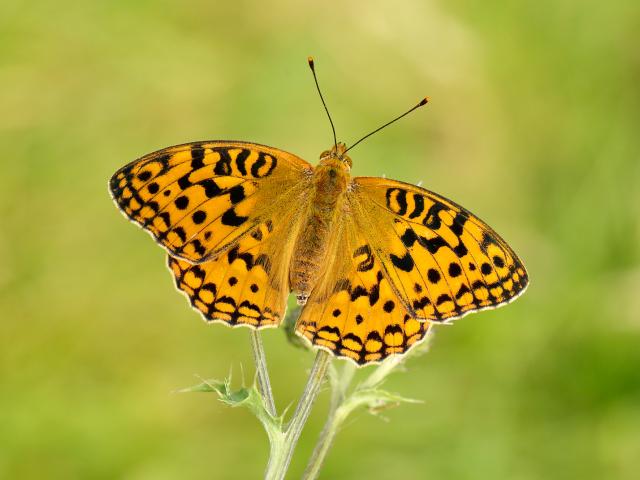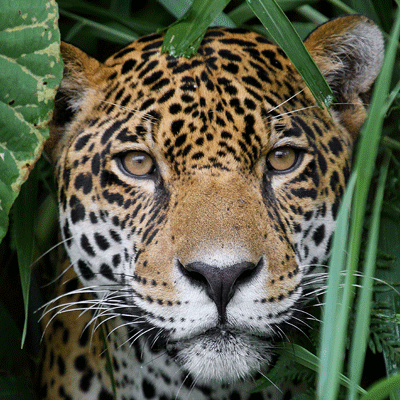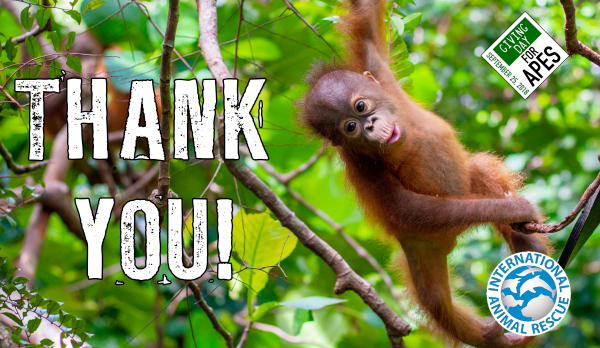|
Butterfly Conservation sent my husband and I information about the work they did to save the Small Blue Butterfly and it makes very interesting reading.
I thought I’d share how they did it with you. They are hoping to repeat the success of the Small Blue in the West Midlands with other declining butterflies and moths.
 ©Peter Eeles Butterfly Conservation ©Peter Eeles Butterfly Conservation
Here’s the conservation journey Butterfly Conservation took:
1. Identify the problem
So by 2009, the Small Blue had become extinct in 4 counties in the West Midlands. In Warwickshire, it’s numbers had gone down by 87%. Here, recorders could only find 3 colonies left.
2. Research declines
The Small Blue lays its eggs on flowering Kidney Vetch. But site surveys for the Small Blue showed they were becoming too overgrown with scrub for new Kidney Vetch plants to establish themselves.
3. Determine Solutions
These were:
- To remove scrub
- To test methods of creating new habitat to encourage Kidney Vetch to germinate
- To sow Kidney Vetch seed or plant plug plants
4. Take Action!
Since 2009, Butterfly Conservation has….. (drum roll please…)
- Cleared 56 hectares of scrub
- Created 27 butterfly banks
- Dug 12 scrapes
- Planted a whopping 13,000 Kidney Vetch plugs
- Sowed 34kg of seeds over 60 sites
4. Do the next steps
The charity has recruited volunteers to monitor Small Blue numbers and help maintain and restore habitat. This will help wildflowers and butterflies to flourish.
5. Yippee!! This has all been successful
The Small Blue Butterfly liked the habitat improvements, colonizing restored habitat on occupied sites AND moving back to former sites. It even went into areas it hadn’t been before
By 2016, the Small Blue had spread to 19 sites. This was a six-fold increase in numbers in only 7 years!
But there's more. In this project, Butterfly Conservation says the Small Blue has been a ‘flagship’ or ‘umbrella’ species. The reasons for this is that other butterflies, moths and invertebrates have been helped by improvements to the habitat. The Grizzled Skipper, the Dingy Skipper, the Chalk Carpet moth and three of Warwickshire's rarest bumblebees all benefited. Which just goes to show that conservation projects don't just help one species - they can help a good many.
And now...
So now it’s hoped that other butterflies can be helped in the same way. Our changing climate is one factor, but research is taking place to find out why and then plan a way forward to reverse these declines.
You can help today by donating to help the High Brown Fritillary. It was once found in woodland clearings in much of England and Wales.

© Iain H Leach, Butterfly Conservation
Since the 1970s, its distribution has declined by 96% and it now only remains in Exmoor, Dartmoor, Morecame Bay Limestones and South Cumbria LowFells and the Glamorgan Brackenlands.
3 ways to help butterflies generally
- Plant a pot for pollinators in your garden – you only need space for a pot, you don’t need acres and acres
- Volunteer for your local Butterfly Conservation branch
- Have a good look round their website to look for a way to help
|




